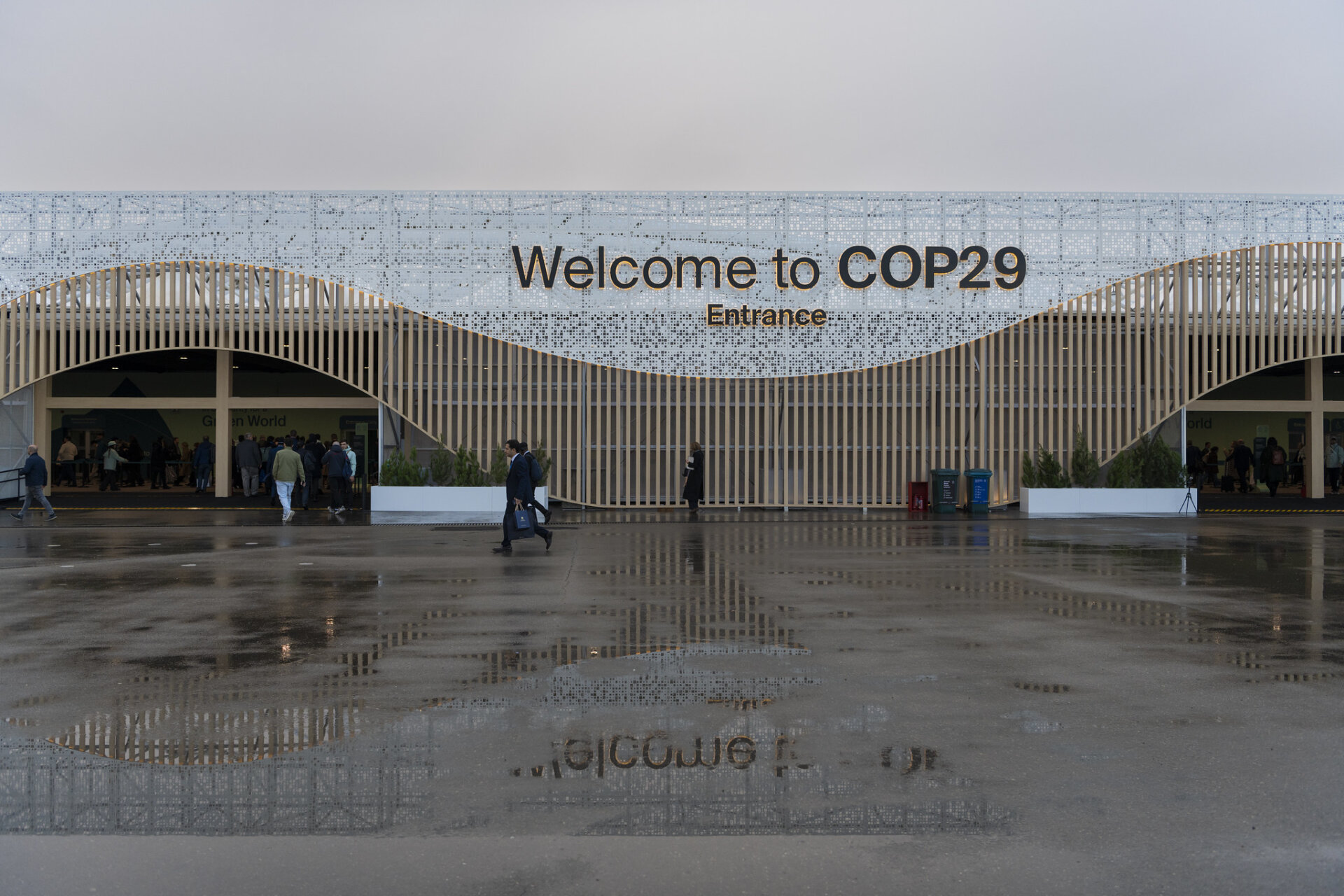Boosting Energy Transition Goals at COP29: Challenges and Progress
Key Ideas
- Global energy transition needs urgent action with clear policies and massive investment to meet targets by 2030 and 2035.
- While positive signals exist outside formal negotiations, many gaps remain in commitments to phase out fossil fuels.
- Significant progress was noted in announcements and partnerships towards phasing out coal power and scaling up clean energy investments.
- Partnerships like the Hydrogen Declaration aim to catalyze a global clean hydrogen market, emphasizing the importance of green hydrogen production.
The first week of COP29 highlighted the urgency of furthering energy transition goals to meet clean energy targets. Discussions emphasized the need for massive investment of around $4.8tn/year by 2030 to accelerate the global energy transition. While leaders expressed support for clean energy transitions, specifics on phasing out fossil fuels were lacking. Countries like Slovakia and the UK showcased commitments to no new coal and ending dependence on coal power. However, challenges remain, with some NDCs not aligned with the 1.5°C target. Progress was seen in partnerships like the Powering Past Coal Alliance and initiatives to accelerate the transition away from fossil fuels. The launch of pledges such as the Hydrogen Declaration aimed to boost the clean hydrogen market, emphasizing the importance of green hydrogen production. Moving forward, the focus is on credible national policies, multilateral alliances, and strong commitments to expand clean energy transitions globally. Week 2 at COP29 will bring more focus on critical negotiations, finance, and the G20 Leaders’ summit in Brazil as countries strive to advance the energy transition agenda.
Topics
Green Hydrogen
Renewable Energy
Clean Energy
Energy Transition
Global Partnerships
Climate Finance
COP29
Policy Solutions
Multilateral Alliances
Latest News
